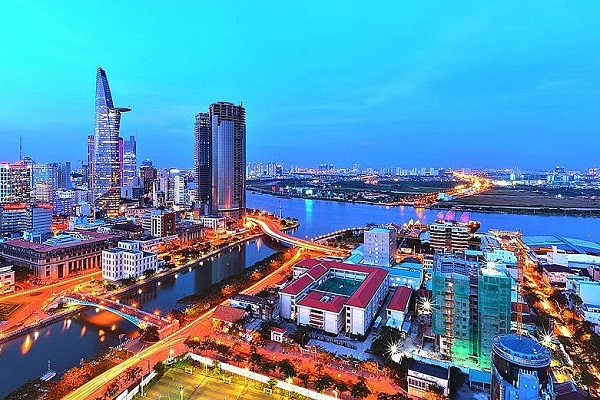Viet Nam’s socio-economic picture: optimistic but not subjective
VGP - Passing through three-quarters of the year 2022, the country's socio-economic panorama featured strong recovery and development in most industries and fields, with many targets reaching and exceeding the plan.

The National Assembly and Government have promptly made historic and vital decisions to realize the goal of socio-economic recovery and development.
As a result, Viet Nam's economy has grown very impressively, exceeding all forecasts over the past ten months, creating a solid foundation to return to a high growth trajectory in the coming years.
Specifically, the nine-month GDP target grew 8.83 percent over the same period, the highest level since 2011, while the average consumer price index (CPI) increased by 2.73 percent. By the end of October 2022, the CPI increased by 2.89 percent, equivalent to the same periods in recent years since 2018.
Amid fluctuations in the world's inflation and the risk of energy crisis and global food shortage, the Government promptly and proactively managed the prices of electricity, petrol and other essential goods and services governed by the State; maintained energy and food security.
Besides, monetary policy was carried out proactively to adapt to the international, thereby ensuring domestic foreign currency demand, strengthening the market's confidence and avoiding pressure to shift capital flows out of Viet Nam market.
The foreign direct investment (FDI) attraction has recovered positively with a sharp increase of realized capital, reducing pressure on the international balance of payments while enhancing the new production capacity of the economy.
However, the economic picture is not all roses due to issues related to fiscal and monetary policies, the management and administration of petrol and oil prices, the shortages of drugs and medical equipment and supply and demand factors.
Notably, difficulties and challenges were forecasted to be very large, with many uncertain and unpredictable factors and faster, stronger and more comprehensive impacts.
In that context, despite being utterly optimistic about the prospect of economic recovery, it should not be subjective, especially the factors directly affecting the macroeconomy, inflation and security.
The sectors and localities need to implement the solutions proposed in the Socio-Economic Development and Recovery Program more effectively, unleash the momentum for growth and make the most of the internal resources besides the mobilization and attraction of foreign investment capital.

